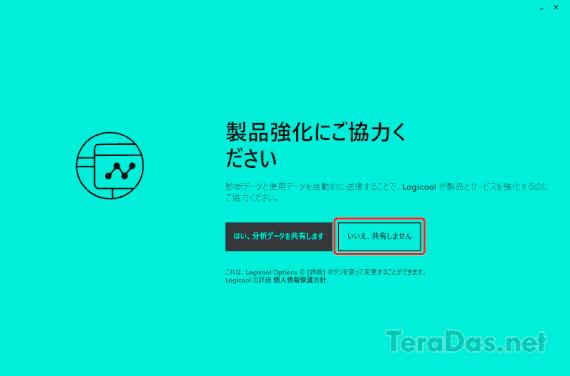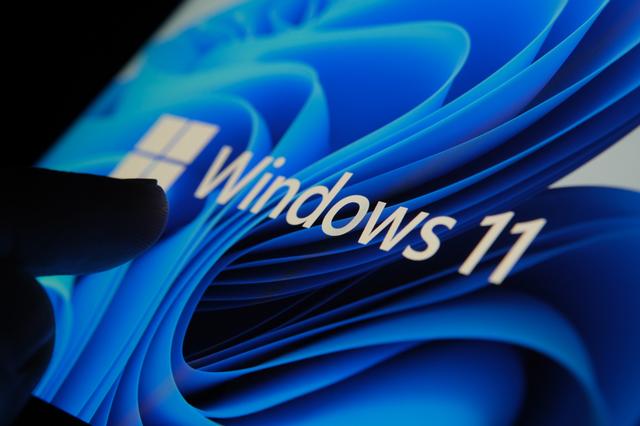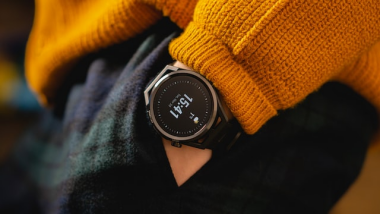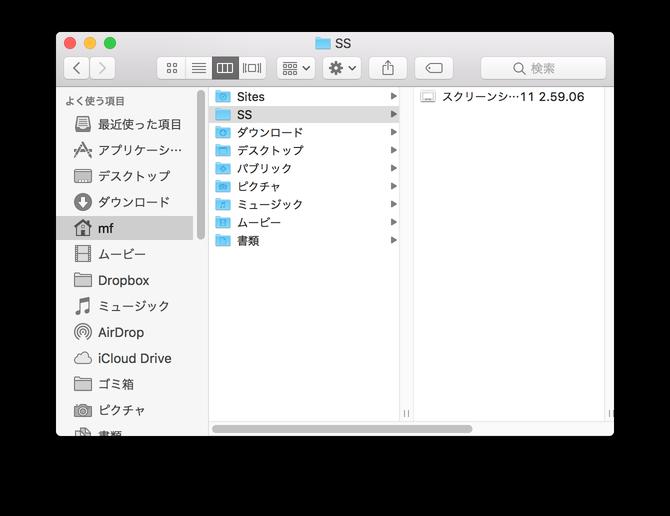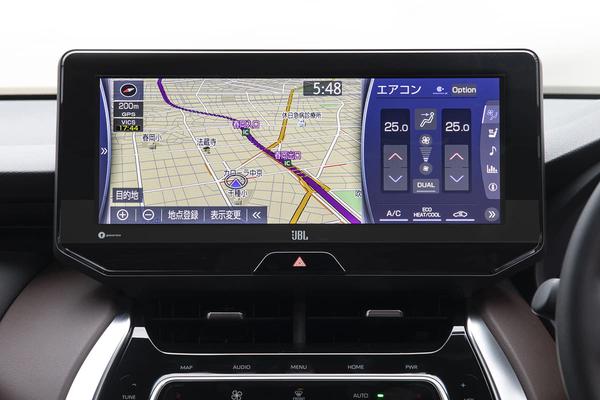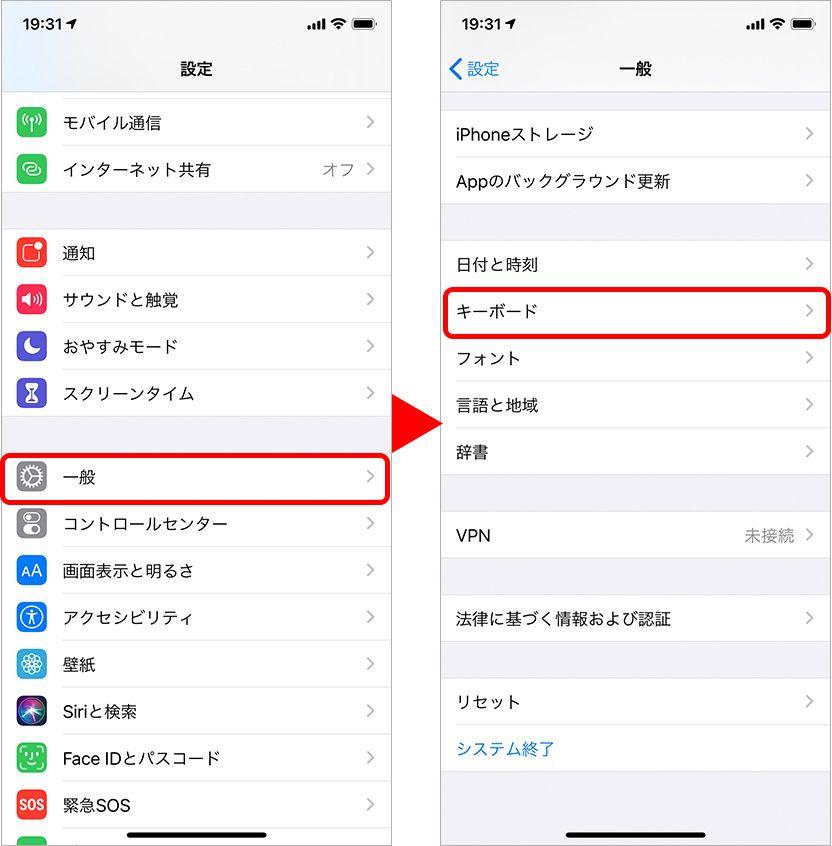Economy / IT Japanese housing equipment "digitalization is not progressing" root cause
Smart homes that tend to have the image that "it may be convenient, but it doesn't matter if you don't have one" (Photo: Fast & Slow)
"Smart homes" have been sluggish in the Japanese housing market for more than 20 years. A boom has arrived in a cycle of about 10 years, and many housing companies and home appliance makers have already commercialized it, but it has not reached full-scale spread.
The Korona-ka revealed that the digitization of Japanese society was delayed compared to the rest of the world, but Japan is also behind the United States and China in this field. Such a "smart home" was included in the "Digital Rural City National Concept", which is the main policy of Prime Minister Fumio Kishida.
Telework and online shopping have spread all at once in Japan, and administrative services using My Number cards, online classes, and telemedicine have begun. "Housing" will be connected to everywhere such as workplaces, governments, schools, hospitals / pharmacies, retail stores, etc. Especially, in order to make living in rural areas convenient and comfortable, "housing" is the starting point for various community services. This is because it is necessary to optimize the usage environment by utilizing digital technology.
Already, the spread of smart meters (electric energy meters with communication functions) has almost been completed for all households, and the number of household appliances such as air conditioners and water heaters, home appliances such as TVs and refrigerators, and devices connected to the Internet is increasing. Can Japan's "smart homes" innovate into a living infrastructure that realizes comfortable and convenient living?
What kind of house is a smart home?
What kind of house do you imagine when you hear the word "smart home"? Houses equipped with ICT (Information and Communication Technology) have been commercialized under various names in the past, but the current situation is that such an image has not yet been established.
When the commercial service of the Internet started in Japan in the early 1990s, the private organization "Echonet Consortium" tried to build a network in the house and interconnect home appliances and housing equipment of different manufacturers in 1997. Established and the development of the standard communication standard "Echonet" starts. When the national IT strategy "e-Japan Strategy" started in 2001, the spread of broadband Internet households began to progress under the name of "IT housing".
In 2011, a "smart house" that streamlines energy use appeared as a countermeasure against environmental problems such as global warming. It is a house equipped with a solar power generation system, an air conditioner and a water heater compatible with "Echo Net Light", centered on a "home controller" equipped with HEMS (energy management system for homes).
With the advent of Amazon and Google's Japanese-speaking "smart speakers" in 2017, "IoT housing" and "intelligent homes" equipped with IoT (Internet of Things) technology and AI (artificial intelligence) that connect home appliances to the Internet ] Etc. were released. Since then, the number of "smart home appliances" such as robot vacuum cleaners and cookers has increased.
There is no doubt that the basic requirement for a "smart home" is that the home appliances and home appliances installed in the house are "connected" to the home communication line and the Internet.
Smart appliances that are not widespread
In Japan, the household ownership rate of personal computers will exceed 70% in 2020, smartphones will exceed 86%, and the Internet usage rate (individuals) will reach 83% (Ministry of Internal Affairs and Communications "Information and Communication White Paper" 2021). However, the household ownership rate of smart home appliances is 7.5%, which has remained in the single digit range for the past 10 years.
At this point, the consumer's image of a "smart home" would be "it might be convenient, but it doesn't matter if it's not."
According to Misako Furuya (General Manager of Sales Division, Amazon Japan Offline Sales Division), the representative director of the LIVING TECH Association, a smart home promotion organization established in June 2020, the smart speaker "Amazon Echo" is also "used for streaming music playback in Japan." It seems that the reality is that it sells at. In addition, "smart remote controls" that can operate infrared remote controls of existing home appliances all at once are also on sale, but this is also not a usage method that will significantly change the conventional lifestyle.
However, it is said that the monitor family who experienced the service that can use various smart home appliances in cooperation with the smart home built by the association for the demonstration experiment is highly evaluated.
She said, "I was worried that even if I" visualize "the amount of electricity used in a house with HEMS, users would soon get bored and not see it, but it turned out to be surprisingly common." Hiroyuki Yoshida, a senior researcher at the Research Institute for Advanced Technology, who has been conducting research in the same field for many years at Daiwa House Industry, which launched smart homes about 10 years ago, also sees high potential needs for users.
The challenge is to be able to easily connect to the Internet environment and use services like smartphones and PCs. Both home appliances and home appliances and services will be offered at affordable prices that are easy for consumers to use.
In Japan, the standard communication standard "Echonet Lite" was developed, and the cumulative number of devices equipped with this standard exceeded 100 million units in 2020. However, at the beginning, home appliance makers developed an "enclosure strategy" in which competing products could not be connected, and there was a history that interconnection did not progress easily.
On the other hand, in the United States, when the environment where IoT devices can be operated from a cloud server via the Internet is ready, IT venture companies that link cloud services of different manufacturers using a technology called WebAPI (Application Programming Interface) have appeared.
Using a service called "IFTTT", a collaborative platform developed in 2010, you can operate devices from different manufacturers such as iRobot vacuum cleaners and Philips lighting from Amazon and Google smart speakers. By "connecting", the spread of "smart homes" began.
In Japan as well, "smart homes" that use WebAPI will appear around 2017. Panasonic has also started a service for collaborating with other companies using WebAPI with the home controller "AiSEG 2", which has the top share of HEMS (according to the company's research), and has switched to an open strategy. In 2018, WebAPI guidelines for devices equipped with the standard communication standard "Echonet Lite" were also formulated and released.

Why isn't cooperation with other companies using WebAPI progressing?
"Panasonic announced two years ago that it aims to become the de facto standard for home IoT with AiSEG, but unfortunately, the number of devices of other companies that can link with WebAPI has hardly increased."
Home supply companies that use Panasonic's AiSEG have expressed disappointment.
Echonet's Web API was also used for the first time in September 2021 to remotely control Mitsubishi Electric's EcoCute from Kansai Electric Power's smartphone app. Professor Masao Isshiki of Kanagawa Institute of Technology, who has been working on the spread of Echonet for many years, also said, "I'm asking each company to adopt it ... I expect, but the future is uncertain.
"At first, we considered a WebAPI linkage service of a domestic IT vendor, but the other party decided to withdraw from the business. IFTTT was also a free service at the beginning, but suddenly a paid plan was announced in September 2020, and it is free. The functions that can be used are greatly limited. Providing services using external Web API is also risky. " Mr. Yoshida of Daiwa House Industry also shows such a view.
Why isn't WebAPI cooperation with other companies progressing?
When I asked Panasonic about the background, the answer was "The API is open to the public for a fee. Whether or not to connect using it is a policy decision of the other party." It is said that some housing companies use data such as electricity usage and temperature obtained from home controllers to appeal their housing performance and use it for sales activities, but it is also charged to provide that data. ..
Major Japanese home appliance manufacturers are aiming to shift from selling individual hardware for conventional home appliances and housing equipment to a high-value-added business model that monetizes the data obtained from hardware. Certainly, if there is a prospect of providing profitable services by linking APIs with smart home appliances and housing equipment, some companies will try to connect for a fee.
In August of last year, Sekisui House started offering "Platform House Touch," a smart home service equipped with Panasonic's AiSEG2. In addition to being able to operate the entrance lock, air conditioner, lighting, hot water, floor heating, and window shutters with a smartphone, there is also a heat stroke alert and fire alarm sound notification function using a temperature / humidity sensor. In addition to the initial investment of equipment, a monthly fee of 2200 yen will be charged to use these. It's been six months since it was released, and the sales results haven't been announced yet, but I haven't heard the story of "good performance."
Even in the United States, most venture companies are successful in smart home services. Even if major Japanese home appliance makers aim to monetize while having their heavy indirect costs, can they create smart home services that will be widely used in ordinary households?
"Technically already feasible" but ...
"Most of the services that are being considered for smart cities and smart homes are already technically feasible. The problem is the'mutual assistance'business to offer at the rates consumers want to use. The model has not been realized. " Keisuke Murakami, who is in charge of the Digital Agency's service group for the people and is also in charge of the Digital Rural City National Initiative, points out that.
Mr. Murakami was involved in the launch of the Japanese version of the smart city "Super City Concept" two years ago, and has been working on the development of a "data linkage platform" for the realization of smart cities. "Smart homes" are important items that make up smart cities, and many of the services provided by smart cities, such as administration, education, medical care, transportation and logistics, are mainly used for housing.
After the war, Japan achieved high economic growth because the economic model in which social infrastructure development such as roads and railroads was shared by "public assistance" and agriculture, energy, manufacturing, etc. by "self-help" by private businesses worked well. Because I did.
However, in the digital society, "it is necessary to establish and expand the business model of" mutual assistance (as a Japanese ecosystem) "in which private companies cooperate to share costs and profits and develop businesses." He emphasizes. If that doesn't happen, there is concern that the market will be dominated by big tech companies like GAFAM (Google, Apple, Facebook = now Meta, Amazon, Microsoft).
The Digi Agency is preparing to develop and provide a "data linkage platform" for the realization of smart cities. This platform will also be used for smart home service cooperation, and will lead to the transformation of rural, small and medium-sized lifestyles and industries in the digital rural city national concept.
The smart life team of the Information Economy Division of the Ministry of Economy, Trade and Industry is in charge of this mechanism, and one of the people in charge is Noriaki Izumi, Director of the Architecture Strategy Planning Office. Originally a researcher at the National Institute of Advanced Industrial Science and Technology (AIST) with a PhD (engineering), he was transferred to the Ministry of Economy, Trade and Industry in 2017 for IT strategy planning.
"By realizing a smart home, we can build a new collaboration and ecosystem of products and services by making it possible to structure and analyze information on consumer demand and life cycle information such as consumer goods and housing maintenance. There is an expectation that there is no such thing. "
Google has grown into a giant company by realizing "structured information" in the world of the Internet, and Amazon has dominated the secondary market by analyzing such information and recommending it. The efforts made by these two companies will be realized in the world of smart homes.
When building a smart home architecture (structural system), how will the business model of "mutual assistance" be built, assuming that the "data linkage platform" has been prepared by the government?
Smart home launched by Mitsubishi Estate
"The reason why smart homes are not widespread in Japan is that they are difficult for users to use and there is no service that can be adopted and provided with peace of mind as a housing supply company." Mitsubishi Estate independently developed the smart home service "HOMETACT" in November last year and introduced it to the rental condominium "The Park Habio Azabu Juban" (106 units).
With conventional smart home services, device cooperation across manufacturers has not progressed, and users have no choice but to use multiple apps separately. In addition, there are many cases where installation and setting are left to the user, and services such as call centers and emergency response are not substantial. As a result, it was difficult for a housing supply company to adopt it.
In order to overcome such a situation, Mitsubishi Estate introduced API cooperation technology of American venture company YONOMI and developed IoT cooperation platform with the cooperation of many companies such as Rinnai, smart lock liner, and infrared controller LiveSmart. However, we launched "HOMETACT" by packaging the installation / setting and call center functions in cooperation with the BicCamera group.
"We have cooperated with various smart home services so far, but I think that the development stance of Mitsubishi Estate is different from other companies. Not only the merit of adopting our products, but also the necessary to develop new services. I was also attracted to responding to data provision, etc. "(Mr. Hiroki Yamamoto, General Manager, Information Systems Department, Rinnai)
Mitsubishi Estate introduced the service from its rental condominium, but plans to provide the service to other housing supply companies in the future. "HOMETACT will build an ecosystem while cooperating with companies that are actively participating in IoT cooperation" (Mr. Yoshihiro Tachibana, Chief of Housing Business Planning Department, Mitsubishi Estate), and built a business model of "mutual assistance". On top of that, the strategy is to establish smart homes in the Japanese housing market, centered on apartment buildings, while involving manufacturers and housing supply companies.
A touchstone for whether Japanese society can be DX
So far, various efforts have been made to popularize "smart homes", such as the "Connected Home Alliance", an organization established by Tokyu Group, Panasonic, Miwa Lock, etc. in 2017.
However, the fact is that the expected results have not been achieved, saying, "When we try to consider how to utilize data, the discussion will not move forward" (alliance participating company executive).
Can Japan's "smart homes" build a "mutual assistance" business model and make a leap forward? It will be a touchstone for whether Japanese society can perform digital transformation (DX).
